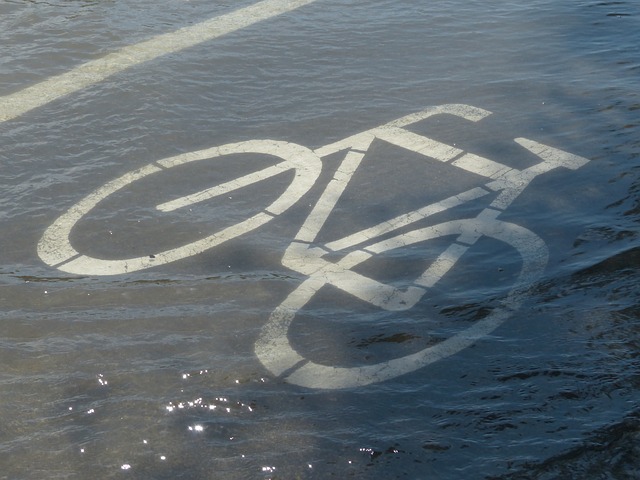Does Permeable Paving Help with Water Sensitive Urban Designs?
August 12, 2016Many communities are facing water issues, such as flooding and poor water quality, damaging the health of natural ecosystems.
These days, many cities are converting the impervious hard surfaces into permeable pavements. This has been changing the urban design game for the past few years.
Sustainable Solution
Permeable paving has many uses: light or heavy traffic areas, green roofs, tree surrounds, and walkways.
Over the years, permeable paving has become one of the most used technologies for water-sensitive urban design. Compared to traditional impervious surfaces, this is the more cost-effective solution, but still as effective. It has the ability to reduce the sediments and pollutants in stormwater, making it an efficient construction that aids the city’s drainage system. It improves the water quality parameters compared with conventional impervious pavements.
Gradually, Australia has been adapting to this conversion by starting out with small-scale constructions such as car parks and residential properties.
Using Permeable Paving in Water-Sensitive Urban Design

With permeable paving, the water simply passes through the pore spaces of the pavement during the occurrence of rainfall. From there, the pavement processes water in various ways. It captures and filters rainfall, effectively minimising runoff. Because of this, it lessens the possibility of the ‘first-flush’ effect, where pollutant concentrations are greatly elevated during the first part of the storm.
It is also possible to design the permeable pavements as water retention systems, as they temporarily hold surface water for it to seep through the underlying soil.
For cities that want to improve their flood management, adopting this change will be beneficial. Not only does it protect people and building from floods, it also practices the proper discharge and reuse of stormwater.
With the nation’s increasing interest in and use of a water-sensitive urban design, it is now possible to reduce the risk of contaminants and pollutants in natural water bodies from heavy metals, phosphorous, suspended solids, hydrocarbons and oils.
For more information, visit our website: https://pouron.com.au//


